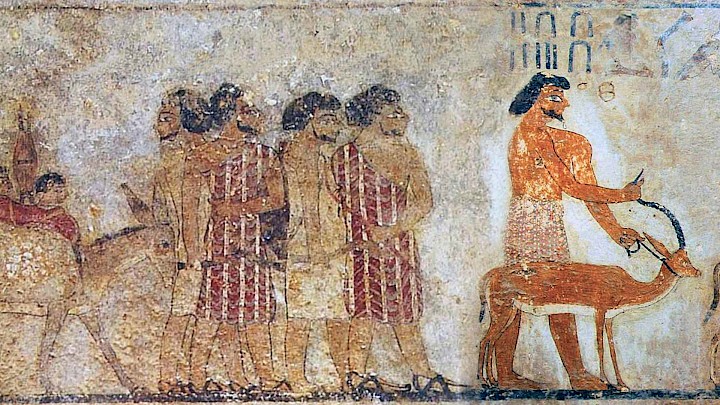Arianna’s thread
In this series, Arianna Sacco writes about her research. Her research focuses on the Second Intermediate Period in ancient Egypt. In these articles, Arianna devotes particular attention to her approach to studying this period, which makes extensive use of network analysis.
Displaying items 1 to 10 of 10









